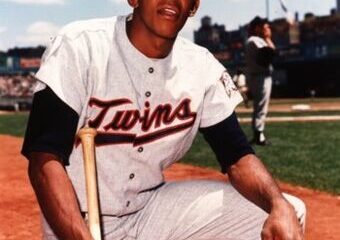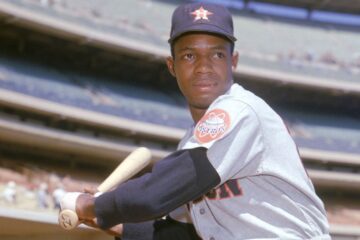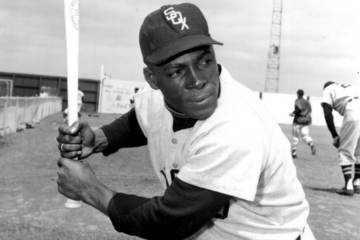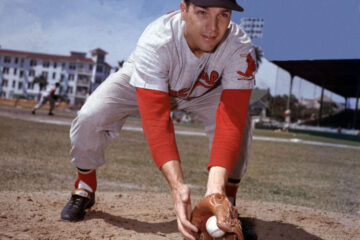The Hall of Fame Index: What about Dick Allen?
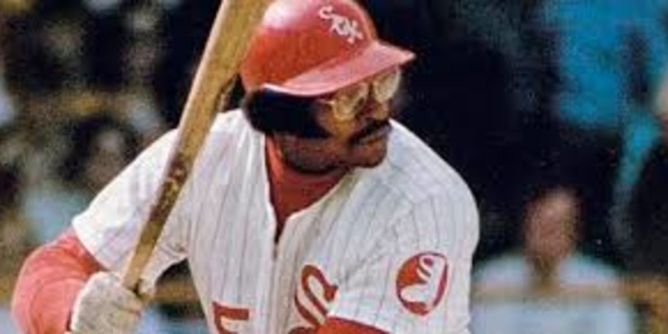
The Hall of Fame Index was designed to compare players with other similar players so that we could determine whether any individual player belonged in the Hall of Fame. Unfortunately, some players don’t fit the mold for one reason or another. Dick Allen is one of those players. He played more games at first base than at third or in the outfield, but he was more valuable as a third baseman. So, most experts place him there.
Yet, it is hard to compare him with even players that accrued similar value. They aren’t similar players. Allen has certain deficiencies that those other players don’t. Yet, he also has areas where he was vastly superior. Here, we are comparing him with the four third basemen he is most similar to according to JAWS. We will use the index, but the index might turn out differently. Hopefully, we can explain along the way.
Career Value
| BWAR | FWAR | WS/5 | Total | |
| Darrell Evans | 58.8 | 61.1 | 72.6 | 192.5 |
| Dick Allen | 58.8 | 61.3 | 68.4 | 188.5 |
| Buddy Bell | 66.3 | 61.7 | 60.2 | 188.2 |
| Sal Bando | 61.5 | 56.2 | 56.6 | 174.3 |
| Evan Longoria | 56.0 | 51.1 | 46.8 | 153.9 |
There are a number of layers to Hall of Fame analysis. Obviously, the index uses both career and peak value to reach its conclusions. However, the pure number result is not necessarily the end. Allen is similar to four other third basemen that are not in the Hall of Fame. The kneejerk response would be to claim that Allen shouldn’t be in the Hall of Fame. Yet, you could make a credible argument for each of the other three retired third baseman. Longoria is obviously not similar, but he is also not finished. You could easily imagine him ending up in the same neighborhood.
As for Allen, seeing him here might be surprising given the relative brevity of his career. This is one of the reasons why we include peak value. As much as we might want to trumpet guys like Bell, Evans, and Bando, they were primarily members of the era after Allen. Allen straddled the 1960s and 1970s, so placing him in the 1950-1969 group wasn’t a cinch, but he did achieve more in the early part of his career than the latter part.
Peak Value
| BWAR | FWAR | WS/5 | Total | Index | |
| Allen | 54.6 | 54.9 | 59.0 | 168.5 | 357.0 |
| Bando | 56.5 | 52.3 | 49.4 | 158.2 | 332.5 |
| Bell | 50.8 | 47.4 | 41.2 | 139.4 | 327.6 |
| Evans | 37.3 | 39.8 | 43.8 | 120.9 | 313.4 |
| Longoria | 51.8 | 48.6 | 42.6 | 143.0 | 296.9 |
There is one more significant elephant in the room. For many, there is another third baseman from the 1950-1969 time period that belongs here. Don’t worry, I haven’t forgotten about him. The nature of this series is that each candidate gets his own space. Also, that third baseman did not fit in the grouping of guys immediately before and after Allen in JAWS. We will be covering him and his candidacy for the Hall of Fame in the next piece.
However, what we notice here is that Allen leaves these four in the dust. That’s part of the beauty of using both career and peak value. It gives each player more dimension and helps explain why some may not be getting the due that we think they should. For instance, Bell and Evans had long careers, but their peak performance wasn’t quite there. Bando’s career was shorter but he enjoyed a more significant peak. The offensive and fielding numbers will reveal a lot.
Offensive Numbers
| OPS+ | Rbaser | OW% | wOBA | |
| Allen | 156 | 16 | .741 | .400 |
| Evans | 119 | -6 | .621 | .355 |
| Bando | 119 | 11 | .594 | .346 |
| Longoria | 113 | 34 | .567 | .345 |
| Bell | 109 | -17 | .533 | .335 |
There’s no real way to get around it. Allen is vastly superior to all of these guys. If you were to compare him with similar first baseman he would probably surpass them as well. The Phillies tried to find a spot for Allen and experimented between third, first, and the outfield. As we will see with the defensive numbers, none of them particularly fit him well. In the modern game he would have likely been the classic designated hitter.
What if scenarios often complicate things. We can imagine him playing two or three more seasons if he never played in the field. However, we know from analyzing other players and other positions that defensive value considerably alters a player’s overall value. It will certainly complicate the elections of David Ortiz and other similar players.
Fielding Numbers
| Rfield | DWAR | TZ3B | DWS/5 | |
| Bell | 174 | 23.8 | 168 | 17.6 |
| Longoria | 105 | 14.2 | 78 | 11.4 |
| Bando | 36 | 8.5 | 36 | 10.5 |
| Evans | 37 | 0.2 | 5 | 13.5 |
| Allen | -110 | -16.3 | -46 | 5.9 |
Here is where Allen starts to lose his luster. The Phillies tried him in both corner outfield slots, first base, and third base. That accounts for the difference between RField and total zone third base. The latter accounts for only his time as a third baseman. Even then, the results aren’t pretty. The other third basemen have a built in advantage in that they are the kind of third basemen you picture in your head. They are all at least decent power hitters that were average or better with the glove.
In the case of Bell, he was better than good. No one would confuse him with Brooks Robinson and he has considerable competition with Graig Nettles as the best defensive third baseman of the time period, but it is enough to think he deserves a spot in Cooperstown. Longoria will be an interesting case when his time comes. He is very good offensively and defensively but isn’t elite in either one. It might end up taking some imagination.
Playoff Numbers
| PA | SLASH | HR | Runs | RBI | |
| Bando | 183 | .245/.328/.409 | 5 | 21 | 13 |
| Longoria | 126 | .191/.262/.470 | 9 | 16 | 21 |
| Evans | 53 | .214/.365/.238 | 0 | 2 | 2 |
| Allen | 12 | .222/.417/.222 | 0 | 1 | 0 |
| Bell | — | —/—/—- | — | — | — |
Some of you may know that I’m a teacher during the say. So, playoff performance has always felt like extra credit in terms of a Hall of Fame candidacy. If you make a 40 on the test, all the extra credit in the world isn’t going to get you over the top. If you are sitting on a 65 it might make the difference. The trouble is that some people are tempted to take someone from an 80 down to a 65. Extra credit doesn’t work that way.
In the case of Allen, you can be underwhelmed by these numbers, but those numbers amount to three games. Anything can happen in three games and it’s impossible to really read too much into that. Bando on the other hand was a part of the Athletics’ dynasty in the 1970s. That comes with a certain amount of cache as fans and historians alike love to bring extra accolades to players that played on historically great teams. None of the other third basemen have a similar postseason resume.
BWAR MVP Points
| Top 10 | Top 5 | MVP | Points | |
| Allen | 3 | 2 | 1 | 29 |
| Bando | 5 | 2 | 0 | 25 |
| Bell | 3 | 2 | 0 | 19 |
| Longoria | 2 | 2 | 0 | 16 |
| Evans | 0 | 2 | 0 | 10 |
Longoria played in a 30 team (15 per league) universe, so it was more difficult for him to finish in the top ten in BWAR. Otherwise, all of these players played in the Expansion era where there were in between ten and 14 teams in each league. So, the BWAR MVP points are virtually happening on the same level. In essence, these numbers should reflect the same as peak value. We know Evans had the lowest peak value followed closely by Bell. We see the same here.
While he certainly has blemishes on his record, there is no doubting that Allen’s overall resume is more than enough to get in. The issue will be whether electors get caught in the weeds. Allen could be prickly and difficult to get along with. That was true for the press, fans, teammates, and coaches. However, it also could be said that he was a victim of circumstance as well. If he had come along even ten years later he likely wouldn’t have had near the issues he did growing up as a player. He also might have been able to take advantage of the designated hitter position and free agency. One of the things that gets us in trouble is that we end up thinking of players in terms of what they could have accomplished instead of what they did accomplish. Allen could have achieved more if not for personal issues and injuries, but let’s look at what he did achieve.


